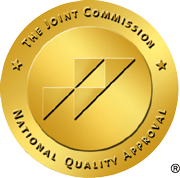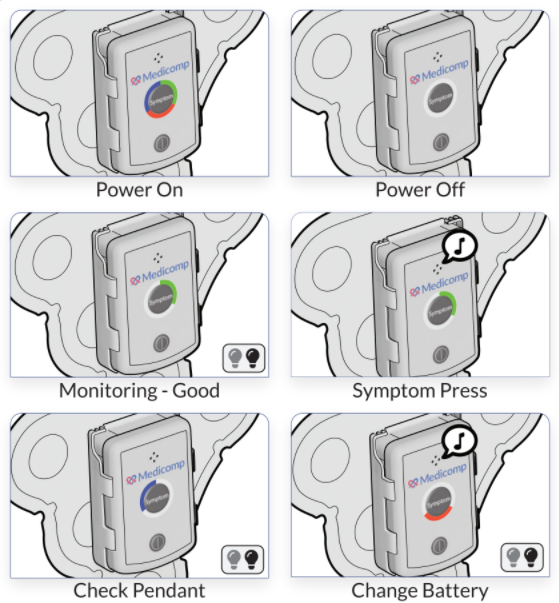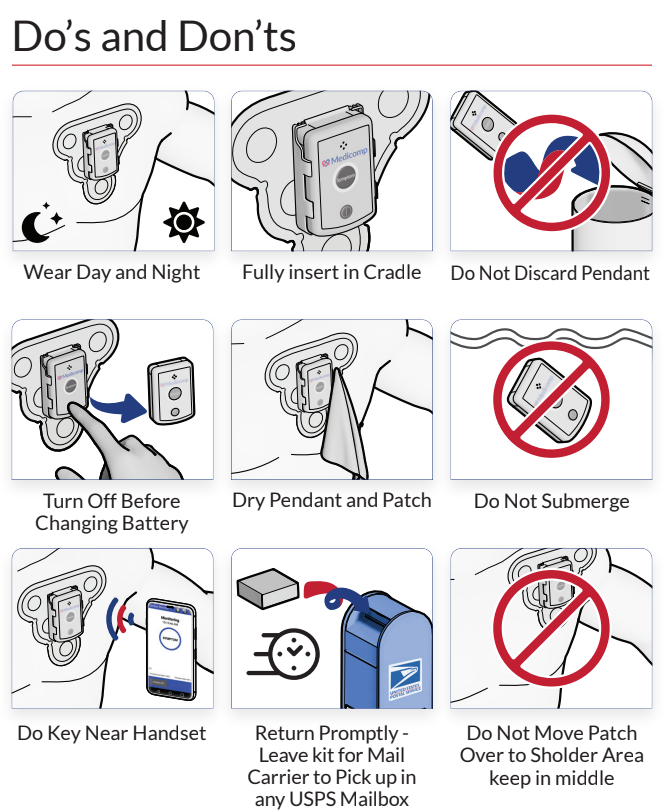The ability for a physician to quickly discern a myocardial infarction from atrial fibrillation by reading data delivered via continuous cardiac monitoring (CCM) can make the difference between a patient’s recovery and that same patient’s re-admittance into the cardiac unit. ReactDx’s full line of portable cardiac monitors are ideal candidates to improve patient recovery.
Portable cardiac monitoring allows physicians to monitor patients while the patient recovers or performs normal activities at home. In 2004, the American Heart Association (AHA) and the American College of Cardiology (ACC) published guidelines for patients who would most benefit from CCM.
- In-house CCM was introduced early in the 1960s as a tool to monitor heart rate and rhythm within coronary ICUs. Many other departments within hospitals have adopted this monitoring for other admitted patients, depending on the availability of monitors and technicians.
- With over 50 years of data, patients most likely to benefit from CCM are those suffering from acute coronary syndrome, arrhythmia, critically ill patients, and those recovering from cardiac surgery. It was recommended that patients in the medical ward who suffered from congestive heart failure, syncope, uncontrolled atrial fibrillation, and older patients with COPD also partake in CCM.
- According to the ACC and AHA, S-T segment monitoring is recommended for patients with early acute coronary syndrome, those recovering from acute myocardial infarction, and patients with silent ischemia.
- The ACC and AHA have likewise found Q-T interval monitoring for patients with QTc-prolongation, bradycardic arrhythmias, patients with severe hypokalemia or hypomagnesemia, and patients with acute neurologic events is beneficial.
- Patients hospitalized with sepsis and alcohol withdrawal are also at higher risk for atrial fibrillation and QTc prolongation respectively. While these patients fall outside the AHA’s guidelines since their care is not heart-specific, common practice finds these risk factors significant enough to warrant CCMs. Patients with CCM are more likely to survive when they experience cardiac anomalies such as those associated with sepsis and alcohol withdrawal.
- The use of portable and hard-wired CCMs identifies arrhythmias, ischemia, and Q-T prolongation as a minimum. Many monitors have become more specific or present a broader range of functions, such as ReactDx’s cardiac monitors, which offer beat-for-beat Rate, Rhythm, Morphology, and P-Wave analysis.
Contact ReactDx today at 800-23-HEART to learn more about our portable cardiac monitors to keep your patients healthier while they perform their normal daily activities.



